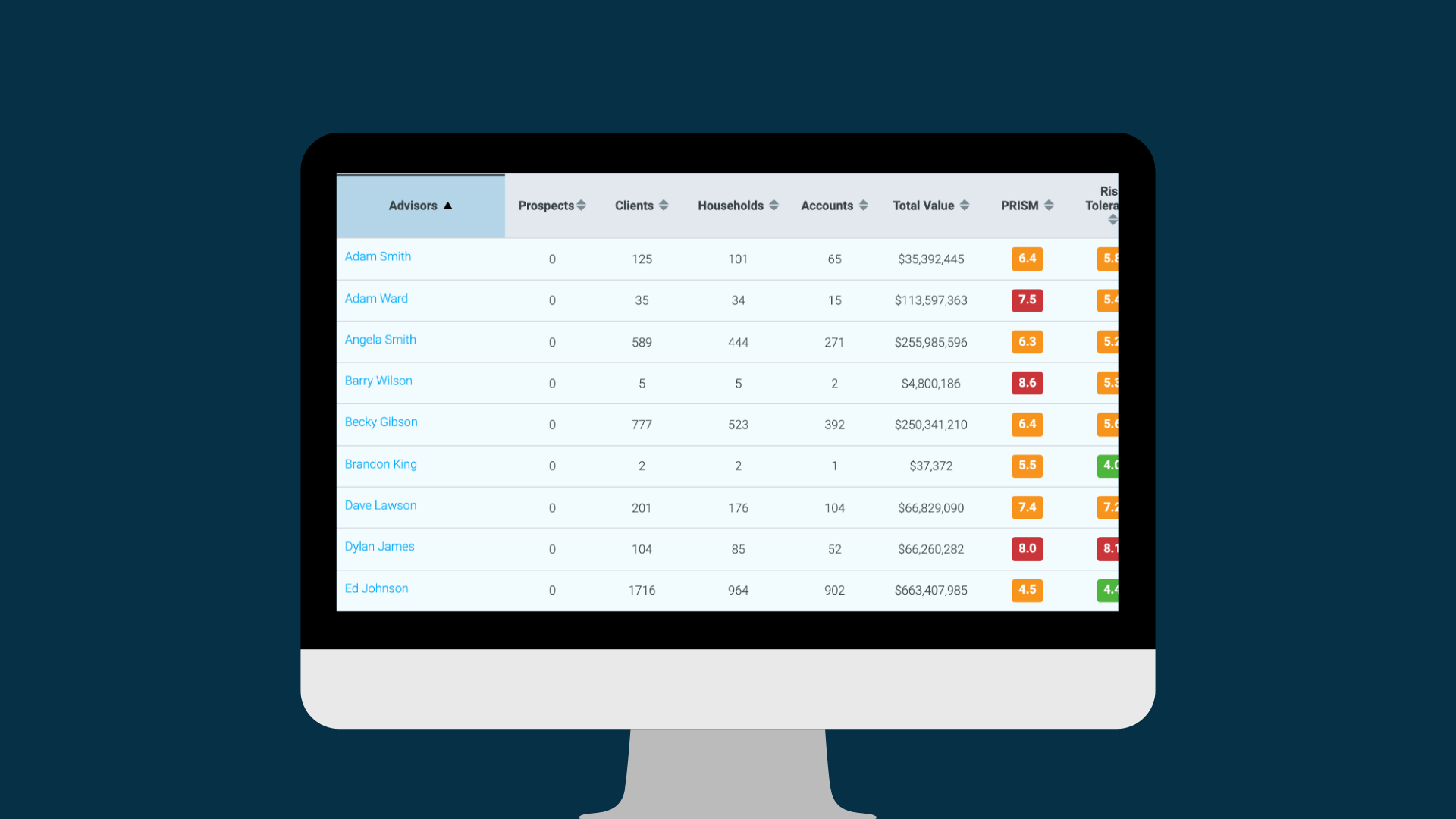Table Of Contents

Explore the importance of pre-trade compliance in managing risks for wealth management firms and how to navigate these challenges effectively.
Understanding Pre-Trade Compliance
Pre-trade compliance refers to the set of processes and procedures that wealth management firms must follow before executing trades on behalf of their clients. It involves ensuring that all trades comply with relevant regulations and internal policies, reducing the risk of non-compliance and potential legal consequences.
By understanding pre-trade compliance, compliance officers can effectively mitigate risks and protect the interests of their clients and the firm. It involves a thorough understanding of regulatory requirements and the ability to interpret and apply them to real-world trading scenarios.
Key Regulations and Requirements
There are several key regulations and requirements that wealth management firms must comply with in their pre-trade compliance processes. Some of the most important ones include:
- Know Your Customer (KYC) regulations, which require firms to verify the identity of their clients and understand their risk profiles before executing trades.
- Anti-Money Laundering (AML) regulations, which aim to prevent the use of financial systems for money laundering and terrorist financing activities.
- Market abuse regulations, which prohibit insider trading, market manipulation, and other fraudulent activities that could harm market integrity.
Compliance officers need to stay up to date with these regulations and ensure that the firm's pre-trade compliance policies align with them.
Implementing Effective Compliance Policies
To navigate pre-trade compliance effectively, wealth management firms need to implement robust compliance policies. These policies should outline the firm's approach to pre-trade compliance, including the identification and assessment of risks, the establishment of controls and monitoring processes, and the enforcement of compliance standards.
Effective compliance policies should be comprehensive, clearly communicated to all employees, regularly reviewed and updated to reflect changes in regulations or market conditions. They should also promote a culture of compliance throughout the organization, with clear expectations for ethical behavior and accountability.
Leveraging Technology for Compliance Monitoring
In today's rapidly evolving regulatory landscape, wealth management firms can benefit from leveraging technology for compliance monitoring. Compliance officers can utilize advanced software and tools to automate the monitoring of trading activities, identify potential compliance breaches, and generate real-time alerts.
By leveraging technology, compliance officers can enhance the efficiency and accuracy of their pre-trade compliance processes, reducing the risk of human error and ensuring timely detection of any non-compliance issues. This allows for prompt remedial action and helps maintain the firm's reputation and client trust.
Best Practices for Pre-Trade Compliance
To ensure effective pre-trade compliance, wealth management firms should consider the following best practices:
- Establishing a strong compliance culture throughout the organization, with regular training and education for employees.
- Conducting thorough due diligence on clients and counterparties to assess their risk profiles and ensure they meet the firm's compliance standards.
- Implementing robust controls and monitoring processes to detect and prevent potential compliance breaches.
- Regularly reviewing and updating compliance policies and procedures to reflect changes in regulations and market conditions.
- Engaging with regulators and industry bodies to stay informed about emerging trends and best practices in pre-trade compliance.
By following these best practices, wealth management firms can enhance their risk management capabilities and protect themselves and their clients from potential compliance risks.